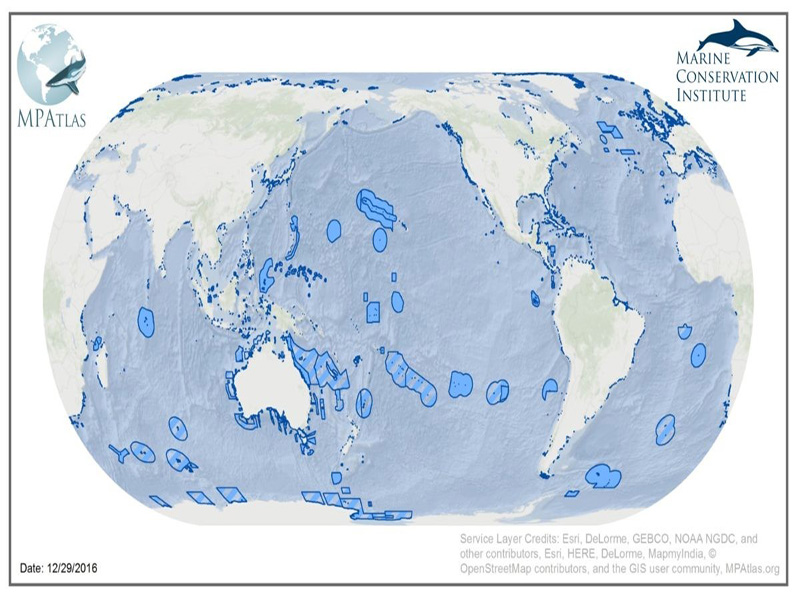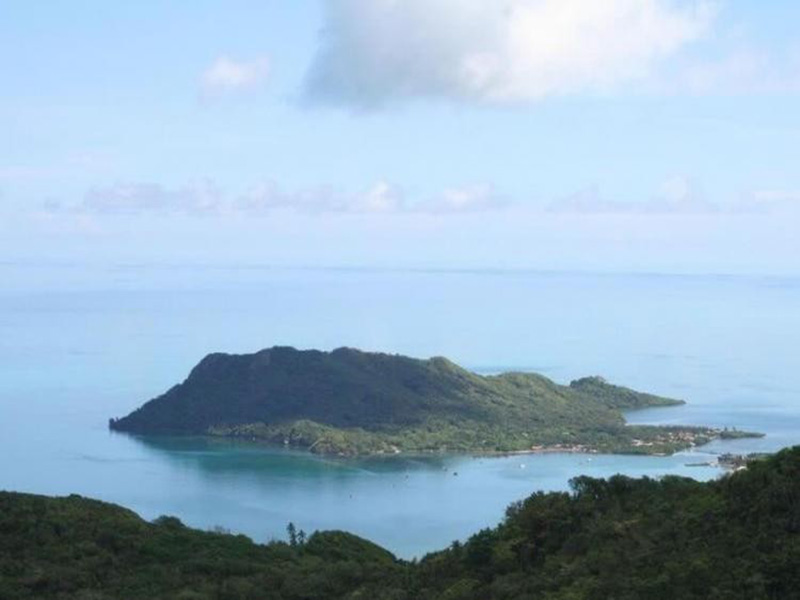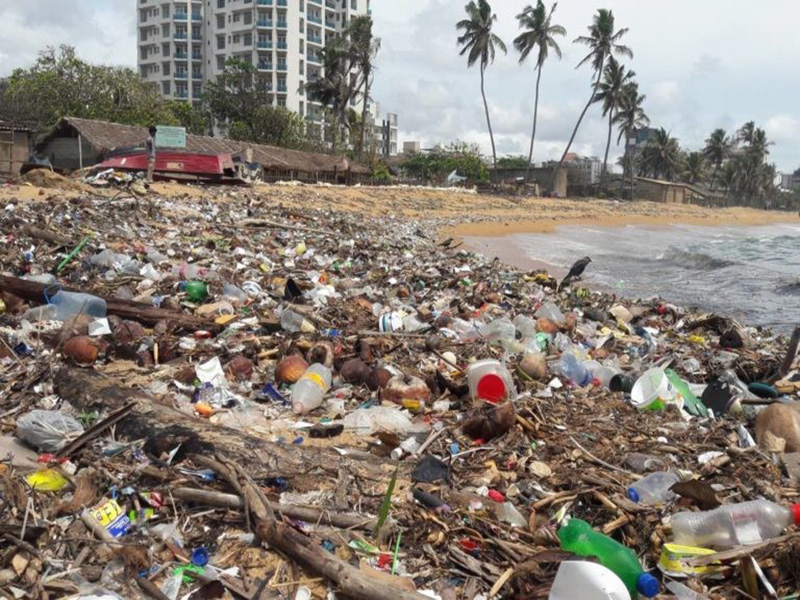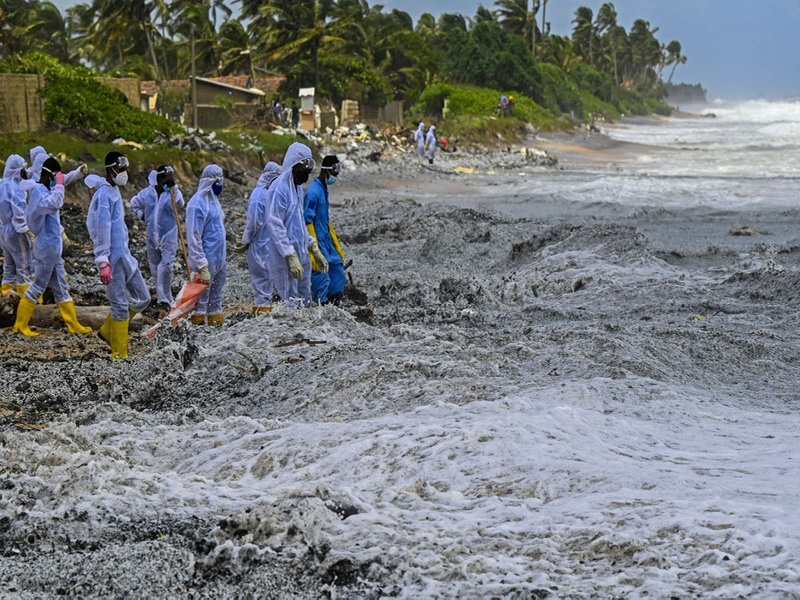Marine Protected Areas
(A literature review)
What are “Marine Protected Areas”?
Have most of us ever heard of “Marine Protected Areas” on earth we live? Surely the answer will be ‘NO’. So with all the uprising of slogans of coastal conservation after the huge destruction caused by the wrecked ship “X-press Pearl” in Sri Lankan coastal territory, I came across the term “Marine Protected Areas (MPA)” and had no clue about what they are. After few hours of search and simple research, I could have an idea of those MPAs. Later I intended to share few facts I gained about “Marine Protected Areas” by writing this article. In the article, I have focused on what Marine Protected Areas are and their importance, present status of them, Marine Protected Areas in Sri Lanka, main bodies responsible for coastal conservation and finally what challenges do Sri Lanka face when implementing and conserving coastal ecosystem as MPAs.
According to International Union for the Conservation of Nature (IUCN), a Marine Protected Area (MPA) is “any area of intertidal or subtidal terrain, together with its overlying water and associated flora, fauna, historical and cultural features, which has been reserved by law or other effective means to protect part or all of the enclosed environment”. Simply a MPA is an area rich in biodiversity and marine habitat which should be conserved, therefore enlisted as a “Protected Area” by laws and other possible means. Marine Protected Areas help the ecosystem to increase resistance against change and an ecosystem be more resilient. IUCN Sri Lanka states,
“Higher recovery rates from bleaching incidents have been recorded by corals found in MPAs, when compared to corals in unprotected areas. In MPAs with the highest level of protection (no-take marine reserves), have played an important role in restoring biodiversity of a marine area. Studies discovered that fish biomass can be up to 670% higher within no-when compared to adjoining unprotected zones and even 343% higher when compared to MPAs that are not as protected”
by which the importance of a MPA is made obvious. The goals of MPAs vary from site to site based on several focuses of conservation. But the main focus of all MPAs is to protect marine habitats and biological diversity in the ocean. Depending on the focus, some MPAs are set to ensure the resources of that site be sustainable by preventing over-exploitation of natural resources. Also, MPAs have different levels of protection. To strictly protected MPAs, human entry is not allowed at all. They are smaller in size and mainly used for research. For example, Seaflower Reserve in Caribbean Coast is such a strictly protected MPA. “no-take” MPA is allowed for recreation and tourism but not for fishing or collecting of resources.
MPAs were created in 1962. United Nation’s Convention on Biological Diversity in 2011 which comprised of 20 biodiversity targets under 5 strategic goals which to be achieved globally by 2020 accelerates the conservation process of global coastal areas. As by the ‘Aichi Target 11’: By 2020, at least 17 per cent of terrestrial and inland water areas and 10 per cent of coastal and marine areas, especially areas of particular importance for biodiversity and ecosystem services, are conserved effectively and equitably managed, ecologically representative and well-connected systems of protected areas and other effective area-based conservation measures, and integrated into the wider landscape and seascape, it was established with a target of 10% of the ocean to be “protected” by 2020. This commitment was reinforced by the United Nation’s (UN) Sustainable Development Goal (SDG) 14. Again in 2016, the IUCN World Conservation Congress recommended a further 20% to be protected by 2030. But according to present statistics, only 2.7% of MPAs is been fully protected/fully implemented while 3.7% is implemented but less protected. 1.4% is in proposed or committed areas. By 2021, according to the data of the Marine Conservation Institute, a total of 16,495 MPAs are designated globally including all fully protected/implemented, less protected/unknown and designated and unimplemented areas.
When considering Sri Lanka, an island with a coastal line of 1620 km has 52,397 ha of the marine area as “protected” as Marine National Parks and Marine Sanctuaries. Unfortunately, Statistics for 2018 shows that only 0.1% of Sri Lankan coast is fully protected as MPA. Ruumassala, Kalpitiya, Hikkaduwa and Pigeon Islands are considered as major MPAs in the country while Kalpitiya being the largest with 30600 ha.
In Sri Lanka, the Department of Wildlife Conservation (DWC) and Forest Department act as the main bodies for the conservation of biodiversity in the country by declaring Protected areas and species enacting the Flora and Fauna Ordinance. The Marine Environment Protection Authority is the apex body established by the Government of Sri Lanka, under the Marine Pollution Prevention Act No. 35 of 2008, with the sole responsibility to prevent, control, and manages the pollution of Sri Lanka’s Marine Environment.
Also Coastal Conservation and Coastal Resources Management Department which was upgraded and amended in 2011 serves as the prime agency that attends to prevent coast erosion while ensuring economic development and improvement of living standards of coastal communities. A “Coastal Zone Management Plan” was prepared and implemented by this particular organizational body in 1990 and the plan was revised in 2018 and implemented on a greater and major scale. Coastal Conservation and Coastal Resources Management Department has the following specific objectives;
- Improve the status of coastal environment
- Develop and manage the shore line
- Improve the living standards of coastal communities
- Promote and facilitate economic development based upon coastal resources
Also note that: The record of “revenue of LKR 24,716 Million was gained through the export of fisheries and related fishery products in 2015” will make you understand the importance of the fishery industry in Sri Lanka.
Today, as we all are known the main problem we face as a country is rapidly increasing population and urbanization. In the current situation, about 11.3 million live in coastal districts and it is said that by 2025, urbanization levels will rise up to 18% where the majority be in coastal areas. Degradation of the coastal environment directly affects livelihood and bring imbalance in the ecosystems. Also, it would possibly bring about detrimental effects on the economy and make it collapsed. Pollution can take place in various ways to threaten biodiversity in marine habitats and if we specifically take coastal pollution into consideration, the following factors are found to be the most affecting;
- Disposal of untreated and partially treated sewage
- Industry effluents
- Expanding tourism industry – water quality of marine water reduces due to release of effluents by increased population in coastal areas
- Energy Industry – thermal pollution of coastal waters caused due to release of hot and desalinized waters into coastal areas
- Agriculture & Aquaculture – surface run-off of fertilizers and pesticides applied in agricultural activities and effluent discharge by aquaculture farms
- Solid waste
- Other severe ways of pollution like Oil leaks, discharges from ships etc.
So more strong and effective policies are to be made by serious research and enacted to bring about remedies for these rising issues.
After conducting many researches and analyzing their findings, reasons/factors that challenge and hinder the conservation anticipations & actions which weakens the process of implementing new MPAs and transforming the existing MPAs to be more protected and sustainable were identified;
- Lack of data on coastal pollution in Sri Lanka and unavailability of island-wide statistics
- No sole agency to monitor water quality of coastal waters (power and regulation of such functions vested into many institutions)
- Implementing new policies without the consideration of ecology, socio-economic realities, long term sustainability
- Lack of human resources and financial resources
- Lack of serious political concern and therefore no necessary government support and intervention
- Lack of community involvement and poor awareness
For your thoughts: Are “protected areas” really protected?
After considering all facts mentioned above, it emphasizes the need and importance of MPAs to conserve the biodiversity of marine ecosystem as well as the environment as a whole, to uplift the lives of communities which will enhance the rates of socio-economic development and to highlight the positive effect on the existence of life on earth. By researching and exploring for more vulnerable areas and making them “protected”, strictly monitoring and regulating the existing MPAs and surpassing all the mentioned and unmentioned obstacles will lead us and make the target of UN to convert 30% of coastal areas to “Protected” status by 2030 a reality.
Written by : Yoshell Delile
References
Nishan Perera, Asha de Vos, Marine Protected Areas in Sri Lanka: a review. (2007)
Chathura Rodrigo, Adapting Sri Lanka’s coasts and oceans resources to a changing climate, Talking Economics. (2014)
“Marine Protected Areas” by IUCN Sri Lanka: http://iucnsrilanka.org/conservation-sri-lanka/marine-protected-areas/
Coastal Conservation and Coastal Resource Management Department: http://coastal.gov.lk/index.php?option=com_content&view=article&id=19&Itemid=153&lang=en
The Marine Protection Atlas by Marine Conservation Institute: https://mpatlas.org/







